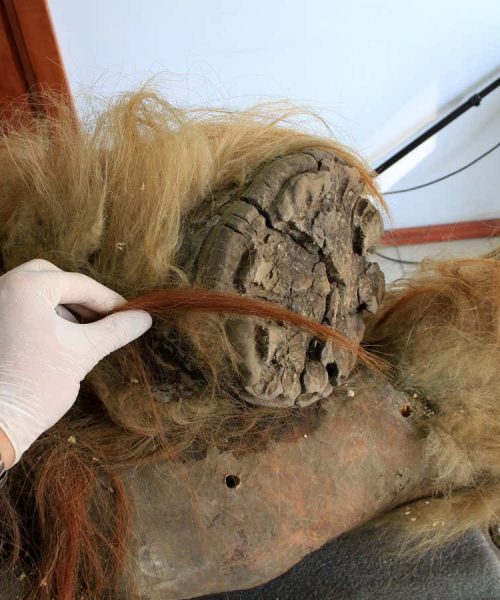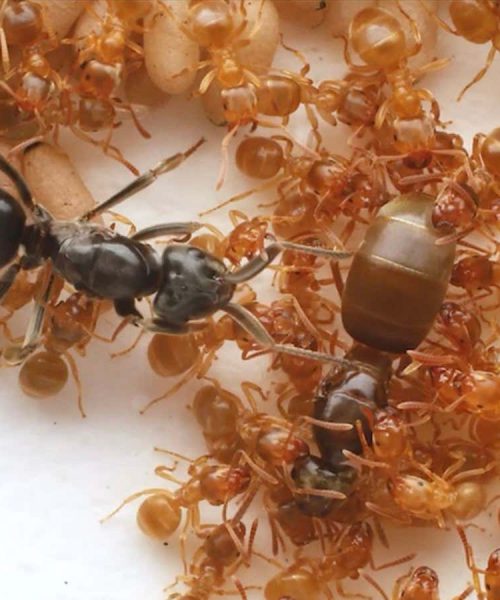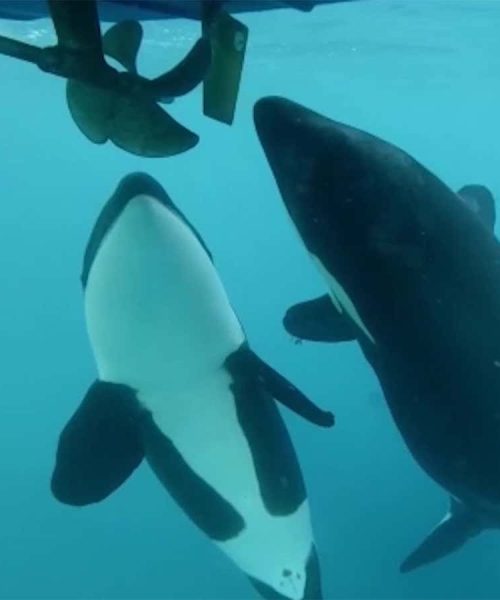
A garter snake flicks its tongue to explore by smell
Vince F/Alamy
Some snakes seem to respond differently to their own scent when it has been altered, which hints that they have some form of self-recognition.
A handful of animals, including roosters, horses and cleaner fish, have shown signs of self-awareness in what is known as the mirror test. This involves putting paint on an area of their body that they can’t see without a mirror, such as their forehead. If the animal touches the mark when looking in the mirror, it suggests that they are aware that the reflection is of themselves, and not an image of another individual.
Advertisement
“But snakes and most reptiles primarily interact with their world through scent,” says Noam Miller at Wilfrid Laurier University in Canada. So he and his colleagues challenged them to an alternative, smell-based version of the mirror test.
The team members collected the scents of 36 eastern garter snakes (Thamnophis sirtalis sirtalis) and 18 ball pythons (Python regius) by wiping cotton pads along their skin.
They then presented each snake with five scents: their own, their own with a bit of olive oil added, just olive oil, one of another snake of the same species and one of another snake with a bit of olive oil.
The garter snakes performed more long tongue flicks in response to their own modified scent compared with the rest of the scents.
“They only do long tongue flicks when they’re interested in or investigating something,” says Miller, which suggests that the garter snakes can recognise when something about themselves doesn’t smell quite right. “They may be thinking: ‘Oh, this is weird, I shouldn’t smell like this.’”
Ball pythons, on the other hand, responded in the same way to all the scents. Garter snakes are much more social than ball pythons, says Miller, so it may be that social species are more likely to have self-recognition.
The findings are the first evidence of potential self-recognition in snakes, says Miller. “There’s this assumption that snakes, and nearly all reptiles, are these sluggish, instinctive, non-cognitive animals, and that is definitely not true.”
However, Johannes Brandl at the University of Salzburg in Austria questions whether this should be interpreted as self-recognition. “This interpretation only becomes plausible if a correlation with social behaviour can be established,” he says. Otherwise, it could be argued that some snake species are simply more inclined to interact with the experiment.
Topics:





